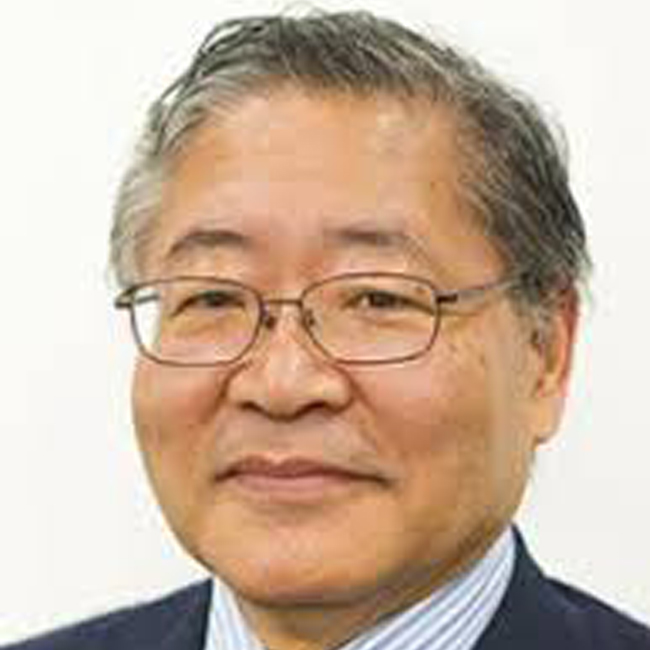SIGGRAPH 2005 Steven Anson Coons Award: Nishita
Awardee(s):
Award:
- Steven Anson Coons Award
Description:
Tomoyuki Nishita is the recipient of this year’s Steven A. Coons Award. His work in the rendering of natural phenomena has inspired computer graphics researchers all over the world. He is responsible for setting high standards for our field both for the quality of images and the soundness of the science used to generate them. From images of simple everyday rooms to images of the earth seen from space, his work has demonstrated how using advanced mathematical techniques and physical principles can produce compelling images. In addition to his work in illumination and natural phenomena, he has made contributions to a wide variety of other areas including geometric modeling, animation, non-photorealistic rendering, and web graphics.
He has served our field not only through his many research contributions, and his frequent participation as a reviewer and member of the program committees of SIGGRAPH and other conferences, but also as one of the leaders in the development of the entire field of computer graphics in Japan. His co-author list reads like a “Who’s Who” of Japanese computer graphics. He has written numerous books on computer graphics related topics in both English and Japanese, and received the Research Award on Computer Graphics from the Information Processing Society of Japan in 1987. Graduates from his lab have won multiple awards.
He is known to us not only for the details of his work, but also for having produced beautiful imagery: the whale that is the signature image on his web page, the beautiful clouds from his paper with Yoshinori Dobashi, and streaks of light from headlights shining on glistening pavement from his paper on driving simulators with Nakamae, Kaneda and Okamoto.
Prof. Nishita received his B.E., M.E., and Ph.D in Engineering in 1971, 1973, and 1985, respectively, from Hiroshima University, advised by Prof. Eihachiro Nakamae, with whom he wrote a long sequence of papers on illumination. He taught at Fukuyama University from 1979 to 1998, and was an associate researcher in the Engineering Computer Graphics Laboratory at Brigham Young University from 1988 to 1989. Since 1998 he has been at the University of Tokyo.
His background in engineering set the stage for adapting the radiative heat transfer methods of engineering to the process of image synthesis. He and Prof. Eihachiro Nakamae independently developed the radiosity method in parallel to its development at Comell. His engineering background further influenced his early work on the rendering of outdoor scenes; he was one of the first to carefully consider the spectra of light rather than just working with RGB triples. Many of the ideas in his early papers on topics such as shadowing are only now being rediscovered by others. His anticipation of future trends in graphics is also evident in such papers as “A Montage Method: The Overlaying of The Computer Generated Images onto a Background Photograph” (from 1986) and “Calculation and Display of Illuminance for Flat Surface Sources Taking Account of Shadows” (1984), “Ray Tracing Trimmed Rational Surface Patches”, and “Animation of Water Droplet Flow on Curved surfaces” (1996).
Not only has he written numerous important papers, he and his mentor Prof. Nakamae also produced, over a period of ten years, a remarkable sequence of eight contributions to the SIGGRAPH Electronic Theater; many still remember the excitement of seeing their film at SIGGRAPH ’84 in Minneapolis, in which a flythrough of an ordinary office scene showed the soft lighting effects for which they became so well known – imagery that was truly revolutionary.
As the author of twelve papers in SIGGRAPH, other conferences and journals, his contribution to the technical aspects of computer graphics are self-evident. Beyond this, ACM SIGGRAPH is pleased to recognize with this award Dr. Nishita’s contributions as educator, leader and source of inspiration in computer graphics.
Source:
- ACM SIGGRAPH Citation




